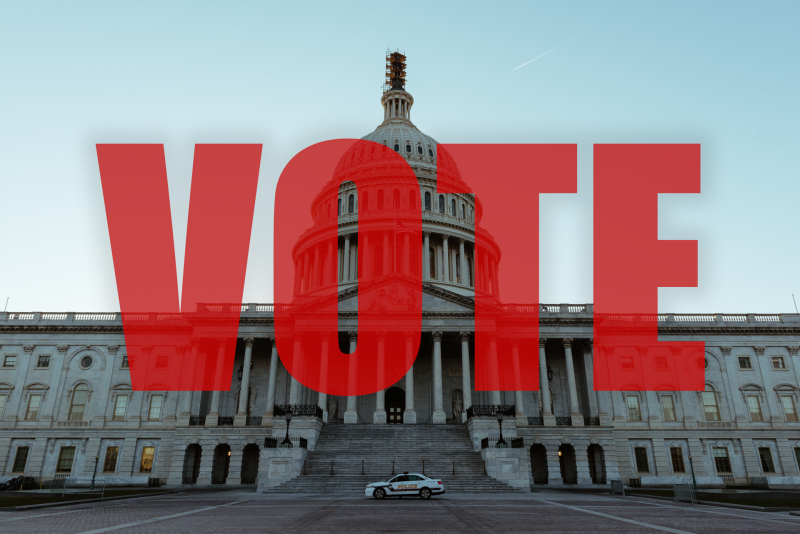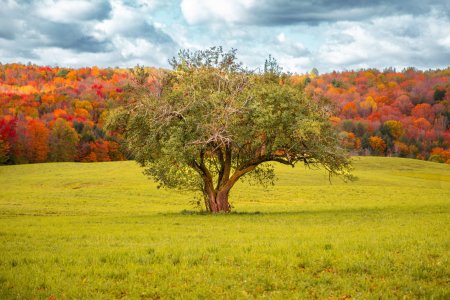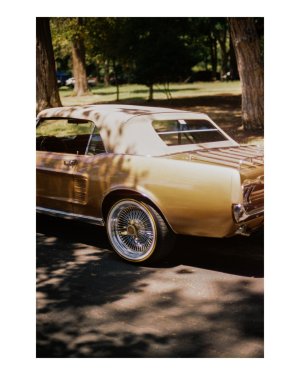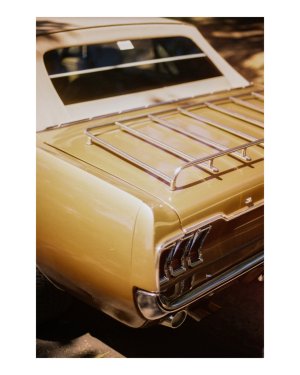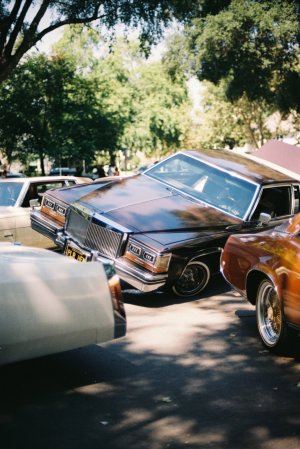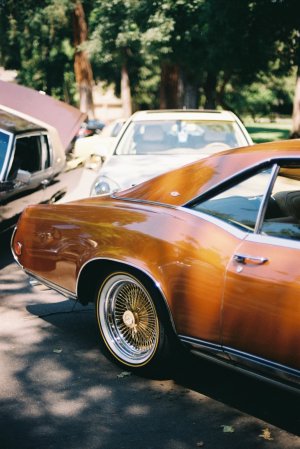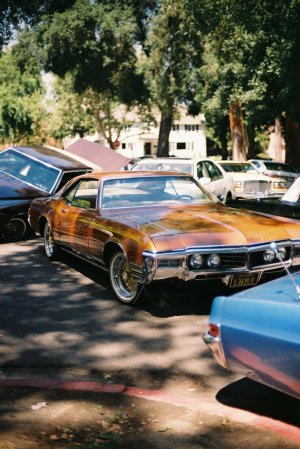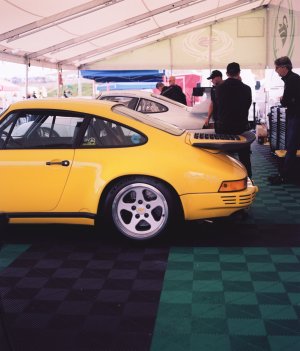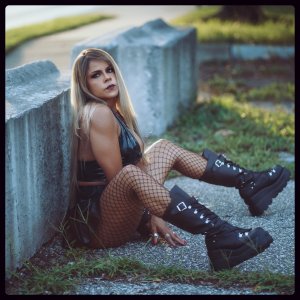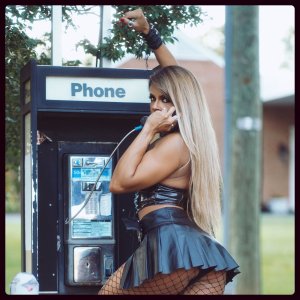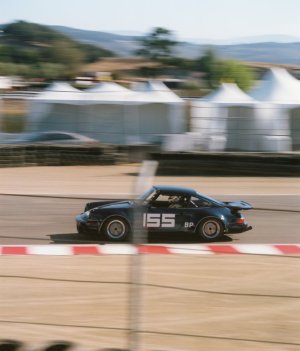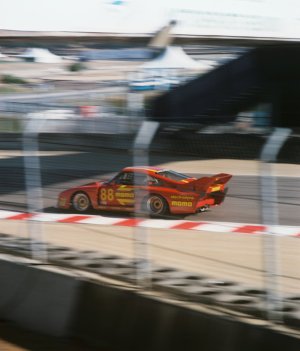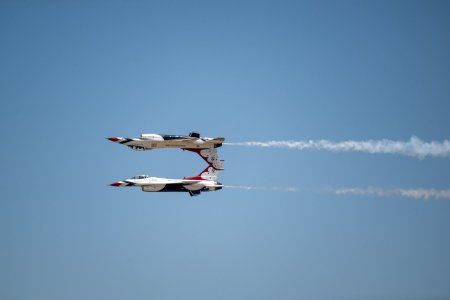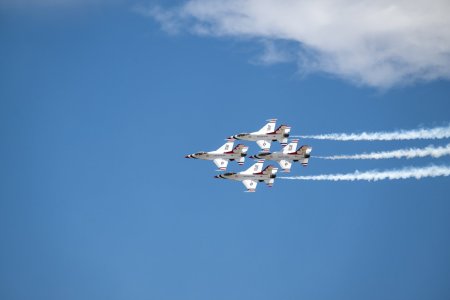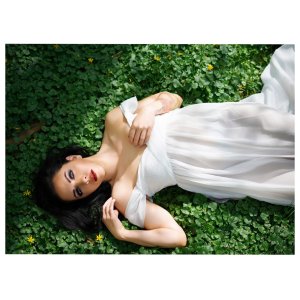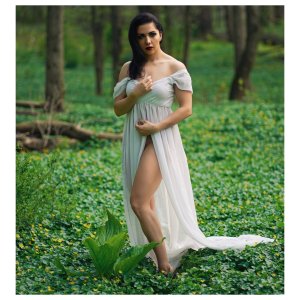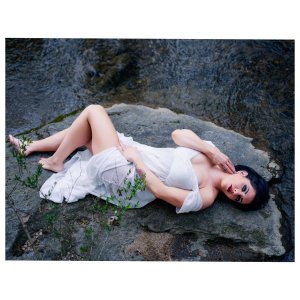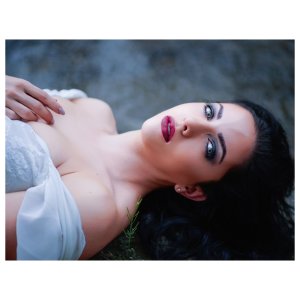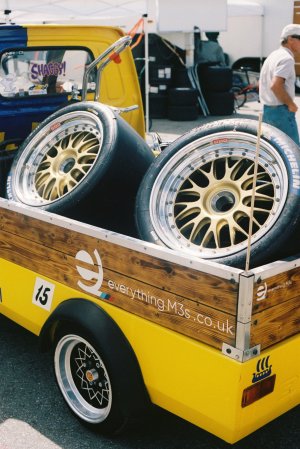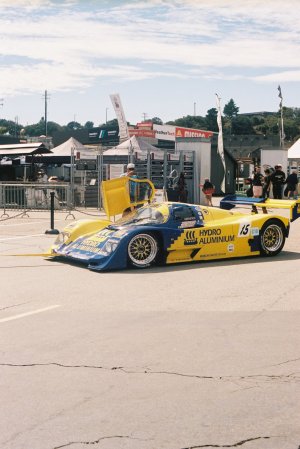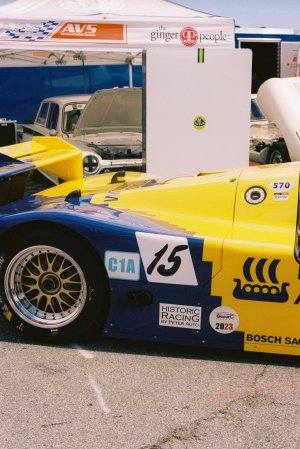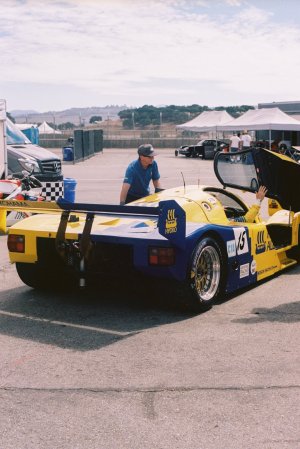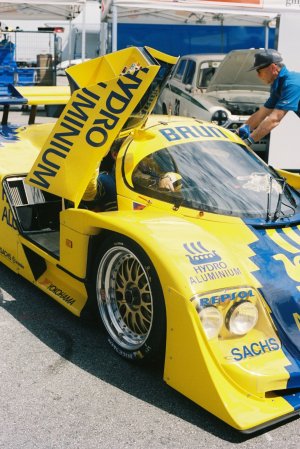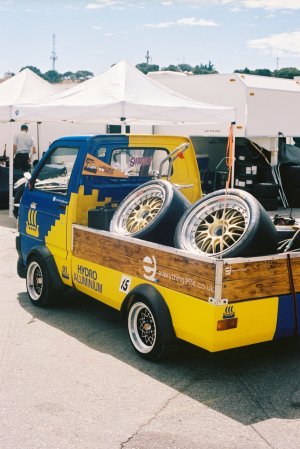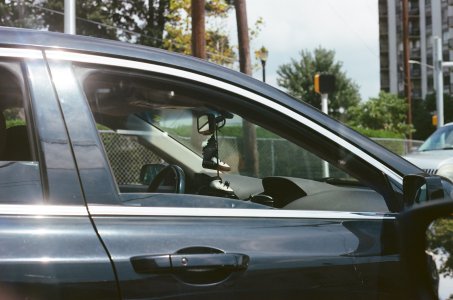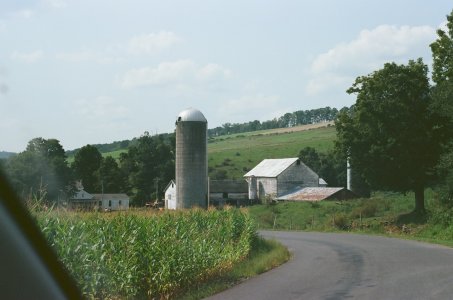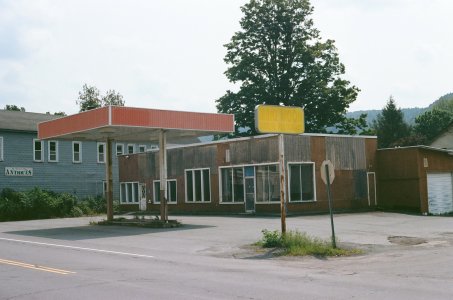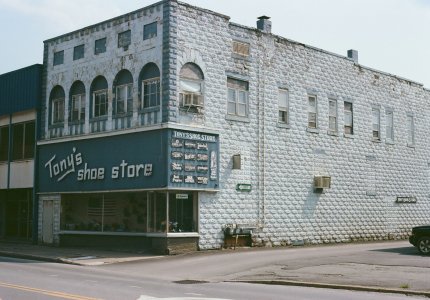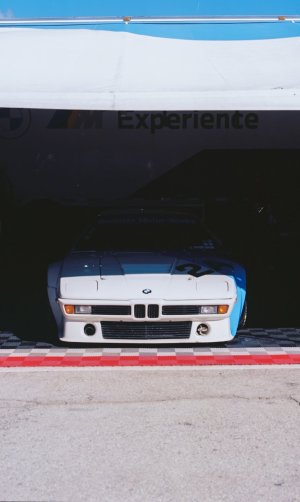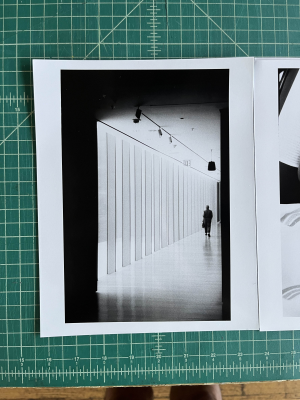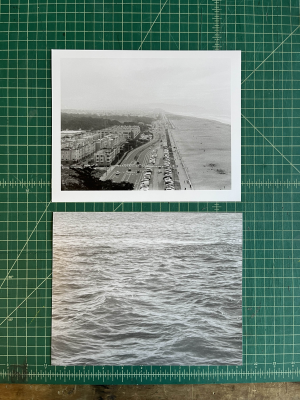two.oh.6
formerly bl1nk
- 1,031
- 154
- Joined
- Sep 1, 2009
took a trip to the zoo today, sorry for all the pics.

Bird's Nest by josefbautista, on Flickr

Hippo by josefbautista, on Flickr

Hippo by josefbautista, on Flickr

Monkey by josefbautista, on Flickr

Duck by josefbautista, on Flickr

Elephant by josefbautista, on Flickr

Elephant by josefbautista, on Flickr

Komodo Dragon by josefbautista, on Flickr

Meerkat by josefbautista, on Flickr

Arctic Wolf by josefbautista, on Flickr

Arctic Wolf by josefbautista, on Flickr

Grizzly Bear by josefbautista, on Flickr

Grizzly Bear by josefbautista, on Flickr

Snow Leopord by josefbautista, on Flickr

Snow Leopord by josefbautista, on Flickr

Tiger by josefbautista, on Flickr

Tortoise by josefbautista, on Flickr

Turtle by josefbautista, on Flickr

Jaguar by josefbautista, on Flickr

Gorilla by josefbautista, on Flickr

Gorilla Hand by josefbautista, on Flickr

Rainy Seattle by josefbautista, on Flickr

Bird's Nest by josefbautista, on Flickr

Hippo by josefbautista, on Flickr

Hippo by josefbautista, on Flickr

Monkey by josefbautista, on Flickr

Duck by josefbautista, on Flickr

Elephant by josefbautista, on Flickr

Elephant by josefbautista, on Flickr

Komodo Dragon by josefbautista, on Flickr

Meerkat by josefbautista, on Flickr

Arctic Wolf by josefbautista, on Flickr

Arctic Wolf by josefbautista, on Flickr

Grizzly Bear by josefbautista, on Flickr

Grizzly Bear by josefbautista, on Flickr

Snow Leopord by josefbautista, on Flickr

Snow Leopord by josefbautista, on Flickr

Tiger by josefbautista, on Flickr

Tortoise by josefbautista, on Flickr

Turtle by josefbautista, on Flickr

Jaguar by josefbautista, on Flickr

Gorilla by josefbautista, on Flickr

Gorilla Hand by josefbautista, on Flickr

Rainy Seattle by josefbautista, on Flickr















































